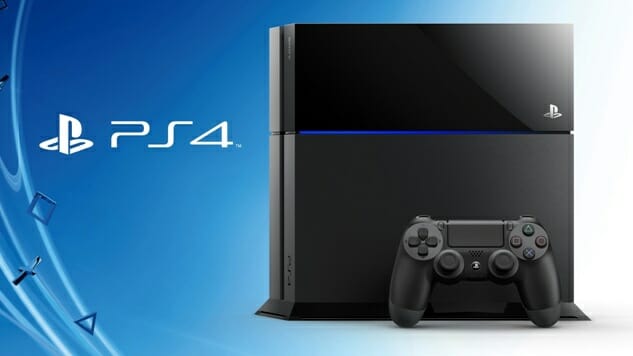Why Sony’s Upgraded Playstation 4 Neo is Probably a Bad Idea

The Playstation 4 came out in November 2013. It’s not even three years old. And yet, Sony is expected to announce what is essentially its follow-up at a press conference in New York tomorrow. Only a few years after the longest console cycle in videogame history started winding down, Sony and Microsoft (who have announced a similar new system) are both rushing into the next after only a few years. It’s hard to see how this is a good idea for either consumers or videogame companies.
Sony isn’t expected to announce a true, full-fledged successor to the Playstation 4. By all accounts it’ll be an upgraded version of that system, essentially a half-step between generations, that’s currently referred to with the code name “Neo.” Supposedly we can expect a more powerful Playstation 4 that will play the same games as the original, but with various visual improvements and advantages. It’s a tactic Microsoft is also employing with Project Scorpio. Expect both systems to have expanded RAM and a more powerful CPU and GPU, to offer 4K resolution and to better support virtual reality headsets. Both companies have said that all games will be playable on both the original consoles and the new upgraded versions, but that the highest resolutions and best visual fidelity will only be possible with the Neo or Project Scorpio. They’re promising the best of both worlds: you can either sit tight with the console you just bought over the last few years and still play everything coming down the pike, or you can splurge on the more powerful new set-up and experience those same games in ways you otherwise couldn’t.
It wouldn’t be a surprise if what actually happens is a little bit different. There have been other console add-ons, updates and improvements like this within the industry, and almost none of them have succeeded. A new Playstation that’s supposed to coexist alongside the Playstation 4 will bring confusion to the marketplace, at least at first, and risks alienating customers who just bought an expensive new system in the last few years. And although developers will have to make sure their games work on both versions of the platform, you can be sure many will devote minimal resources to the upgraded version at first, at least until the install base for whatever the Neo winds up being called makes it worth the extra effort. Software will have to show off whatever these upgraded systems are capable of to convince customers to buy them, but third-party publishers won’t have much of a reason to fully exploit that additional power until there are enough customers with the systems in their homes.